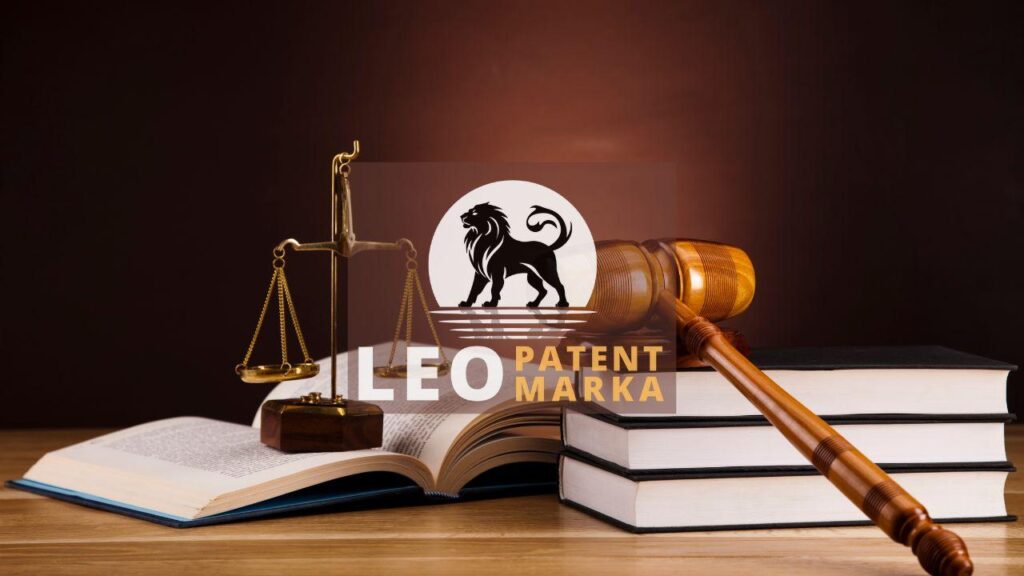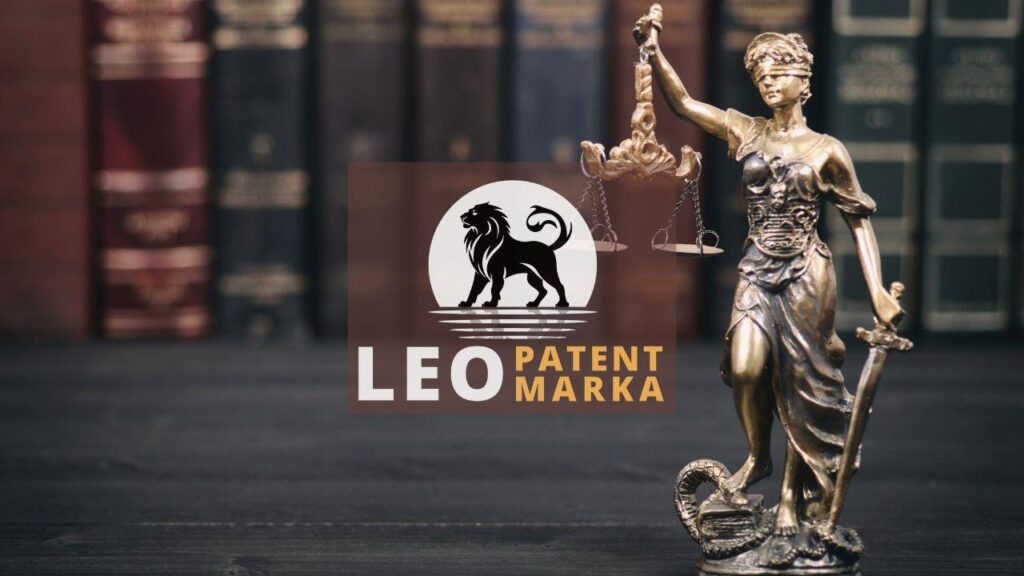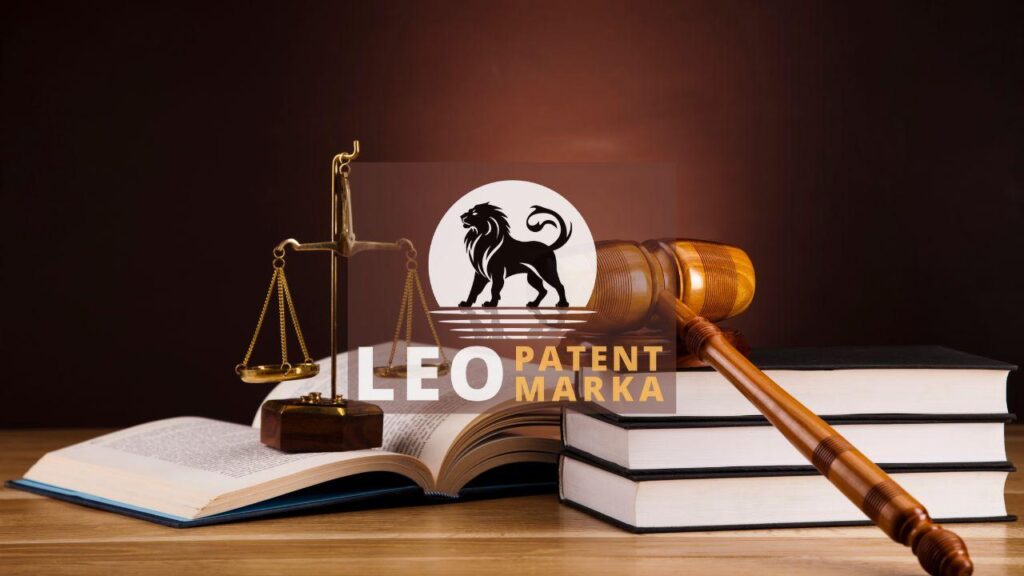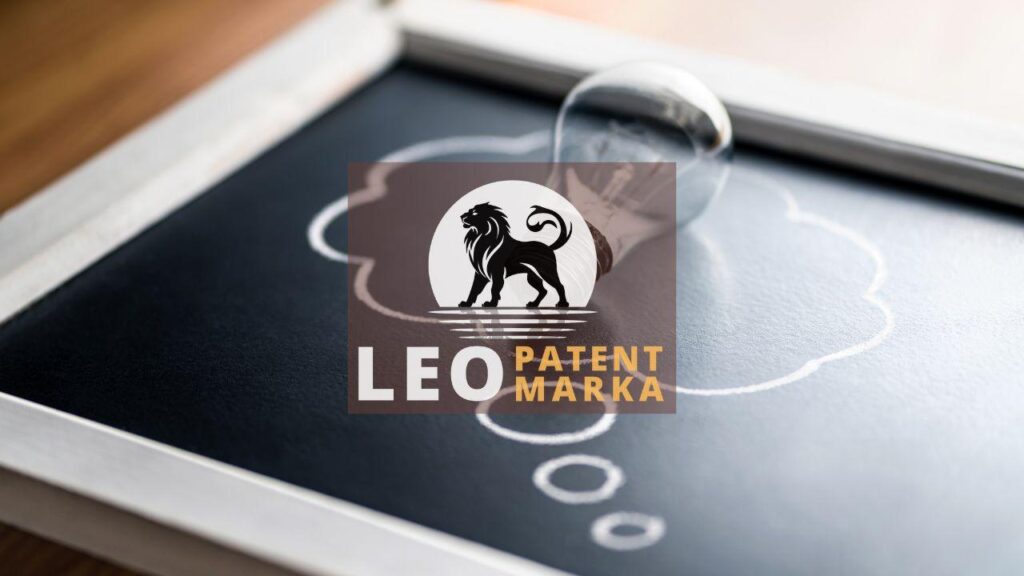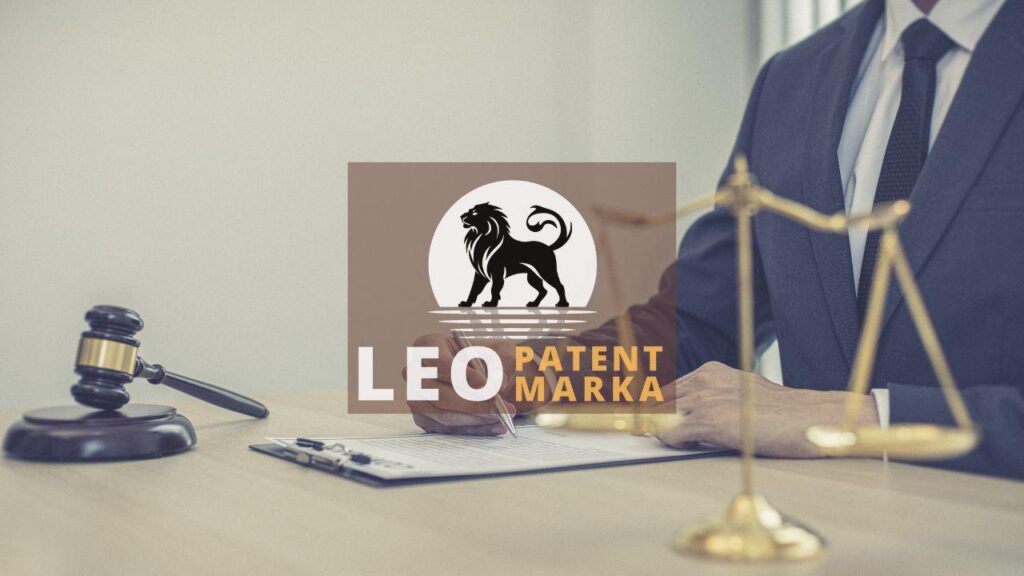Registering a design in Turkey can feel like navigating a bustling market, but knowing the right steps can make your journey smoother. The design registration process is crucial if you want to protect your creative works under Turkish design law. Think of it as putting a lock on your treasure chest of ideas. Before diving into the process, familiarize yourself with Turkey’s intellectual property regulations to ensure you tick all the necessary boxes. Understanding how to register a design properly could mean the difference between success and failure. Picture this: your unique design shines brightly and you want it to be recognized. Register design Turkey efficiently, and your innovation stays protected against unauthorized use. Following these steps carefully will ensure that your design stands strong in a competitive market. By prioritizing these guidelines, you not only protect your interests but also strengthen your creative presence in Turkey.
Understanding the Legal Framework for Design Registration in Turkey
To master the design registration process in Turkey, it’s essential to grasp the legal framework that governs Turkish design law. Understanding this legal tapestry is like reading a map before exploring unknown territories. The Turkish design law provides the foundation for how to register a design, detailing the requirements and protections afforded to registered designs. Key aspects include knowing what qualifies as a design and the intellectual property rights that accompany it. Turkey’s intellectual property regulations serve as your guide, setting out the steps in registering your creativity under legal protection. By delving into these regulations, you lay the groundwork for a successful process to register design Turkey. Without this knowledge, navigating the legal waters can be as tricky as walking a tightrope. Equip yourself with this understanding to ensure your imaginative creations receive the shield they deserve in Turkey’s competitive landscape.
The Turkish design law stands as a protective fortress for creators wishing to register design Turkey. Navigating its corridors might feel daunting, but the rewards are worth the journey. Central to the design registration process is identifying what counts as a design and understanding the legal protections. In essence, a design represents the ornamental or aesthetic aspect of an object. It’s more than lines and hues—it’s your creative flair encapsulated. At this stage, unpacking the Turkey intellectual property rules is vital. Picture these as the threads weaving your ideas into the fabric of legality. The foundation set by Turkish design law helps you decode how to register design with precision and success. Armed with this knowledge, you stride confidently through the steps, knowing your design stands fortified against infringement. It’s like having an expert coach guiding you through a high-stakes competition, ensuring you emerge victorious.
Grasping the landscape of Turkish design law is akin to decoding a complex puzzle, ensuring each piece neatly fits into your creative endeavor. The design registration process starts by acknowledging what the Turkish design law deems worthy of protection—capturing your innovation in its intricate net of regulations. To register design Turkey successfully, it’s crucial to engage with Turkey’s intellectual property provisions, which clearly define how to register design effectively. This involves a step-by-step approach: defining your unique design, preparing necessary documentation, and filing it according to prescribed guidelines. Clarity in these initial steps fosters a smoother journey through the legal process, reducing the chances of missteps. As you navigate, think of this as your map to safeguarding your aesthetic vision against the tides of copycats. With a deep understanding of the legal framework, you’re not just ticking boxes; you’re ensuring your creative legacy remains secure in Turkey’s dynamic market.
Essential Documentation and Requirements for Submitting Your Design
When preparing to register a design in Turkey, gathering the right documents is your first step in the design registration process. Think of it as collecting your tools before starting a project. First, you’ll need the application form, neatly filled out with every detail. This form is your roadmap, guiding you through Turkey’s intellectual property maze. Then, gather clear images of your design from multiple angles—a picture is worth a thousand words, after all. Don’t forget to include a brief, precise description of your design; it’s your opportunity to shine a light on its unique aspects. Be aware, accurate classification under Turkish design law is essential. Finally, proof of payment ensures your application is ready for submission. Having everything in place not only helps you register design Turkey smoothly, but it also speeds up the process. This way, you can safeguard your innovative ideas efficiently.
Before diving deeper into the design registration process, understanding the essential documentation for submitting your design in Turkey is paramount. Securely anchor your journey with foundational paperwork; it’s akin to having a comprehensive map for a complex trail. You’ll need a clear representation of your design, in compliance with Turkish design law, capturing its essence and innovation from every possible angle. Precision here mirrors your commitment to safeguarding your creation. Further, a declaration of authenticity validates originality, standing as a testament beneath Turkey’s intellectual property framework. Integrate these elements with a properly filled classification under Turkish design regulations. Proper classification not only aligns with Turkish design law but aids in how to register design seamlessly. Remember, thorough preparation can mean smoother sailing for your register design Turkey quest. Be meticulous now to avoid stumbling blocks later, ensuring your creativity is protected effectively.
Navigating Turkey’s design registration process requires meticulous attention to detail when compiling your documentation. Your design’s true essence comes alive through vivid illustrations, each angle narrating an untold story of innovation, ensuring alignment with Turkish design law. Picture this documentation as your design’s ambassador—standing firm, representing its uniqueness under the scrutiny of Turkey’s intellectual property framework. Also, drafting an authenticity declaration requires careful precision, akin to a craftsman honing a masterpiece. This not only substantiates your innovation but strengthens your claim. Thread your application together with accurate classifications, ensuring a harmonious fit within the realms of Turkish design law. Remember, in the grand theater of design registration, preparation is the producer behind the scenes, orchestrating a flawless register design Turkey performance. Address each requirement like a seasoned actor perfecting their role, ensuring your creation takes center stage without a hitch.
Navigating the Application Process: Key Tips for Success
Embarking on the design registration process in Turkey can feel like setting sail on uncharted waters, but a well-prepared application is your compass. Start by gathering all necessary documents related to your design. This foundational step ensures that your journey through Turkey’s intellectual property protection is seamless. Clearly illustrate your design’s uniqueness, as this will be the cornerstone of your application. Knowing how to register design begins with understanding Turkish design law. It’s essential to detail the design creation date, provide high-quality visual representations, and meticulously complete required forms. Remember, clarity and precision are your allies here. By adhering to these guidelines, you’re placing the right blocks to build a stronghold for your creative masterpiece. Efficiently register design Turkey, and you’ll anchor your ideas securely, ensuring that your innovative concepts remain untouchable in the competitive market sea.
In the adventure of the design registration process, understanding the application is your map. First, dive into Turkey intellectual property requirements to ensure compliance. This step steers you toward how to register design without hiccups. When preparing your application, remember that precision in details is key. Highlight Turkish design law essentials to underscore your design’s uniqueness. Double-check that your visual representations meet the criteria; they serve as the visuals that tell your story. Missing an element can feel like a wrong turn, leading you away from protecting your treasure. Consider consultation with a professional for insights into the register design Turkey nuances. As you craft your application, clarity becomes your compass, guiding you towards success. With every box ticked and detail accounted for, you’re not just following a process—you’re safeguarding your creative idea. Stay the course, and your design registration adventure will culminate in triumph.
Navigating the application process is much like following a well-worn path through a dense forest—each step calculated, each turn intentional. Precision is paramount here. Begin by fully understanding the requirements of the Turkey intellectual property office. Meticulously comb through every detail of your application. High-resolution images that capture every facet of your design will serve as your guides in this journey. Avoid the pitfalls of ambiguity by clearly outlining how your creation excels within the framework of Turkish design law. Regular review and feedback loops can uncover hidden snags before submission. Consult resources that offer insights into the design registration process for an edge. Should the application process seem daunting, don’t hesitate to engage a professional who specializes in how to register design. With preparation and precision, your trek through the registration landscape will transform this complex process into a rewarding endeavor, ensuring your ideas stand firm in Turkey’s competitive terrain.
Disclaimer: This article is for general information purposes only and it is recommended that you consult experts and companies in that field to evaluate your specific situation. We are not responsible for any damage that may arise from the use of the information in this article.


